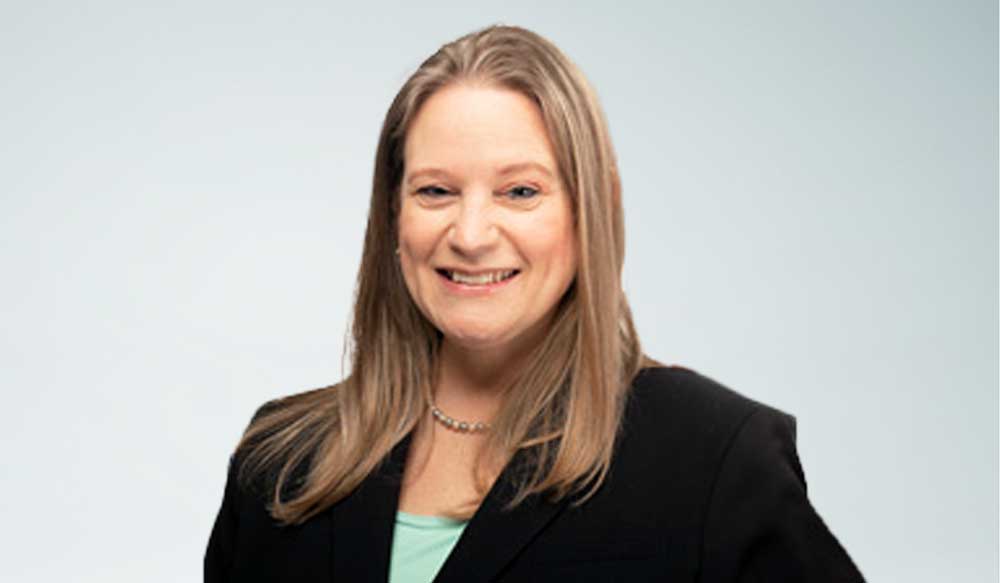Unlocking human behavior
With the evolution of the industry toward greater use of technology to enhance risk mitigation, it might seem counterintuitive to step aside for a moment from the digital world to create a third stream of information. But when that third stream is dictated by a supercomputer whose full power we have not fully unlocked, it starts to make more sense.
That supercomputer is the human brain.
As advanced as we are as a species, we still are in the early stages of truly understanding the science of human behavior. We might think we know why people do what they do, but only recently have we started to apply scientific research studies to understand the complex interactions that underlie human behavior.
To understand the power of behavioral science in the insurance industry, let’s look at an example.
A smoking gun
RGA’s Behavioral Science team asked a group of hypothetical insureds, “Have you ever used tobacco or nicotine substitute in any form?" and gave them two boxes – “yes” and “no.” Nearly 35% of respondents said they have ever used tobacco, with nearly 20% saying they have used it within the past year. That left 65% who said they have never used tobacco.
But when we reworded the question, we found something interesting. We asked a different group of respondents: “When was the last time you used tobacco or nicotine substitutes?” Six choices ranged from “In the past month” through “Between 1 and 5 years ago” to “Never.” Logic would suggest that 35% of respondents should have checked the boxes corresponding to increased risk.
But human behavior isn’t necessarily logical.
The reworded question yielded more than 51% who disclosed prior tobacco use at some point in the past, and more than 30% who said they had used it within the past year. That's an additional 16% who disclosed prior tobacco use, with another 11% saying they used it within the past year.
The difference was even more stark when it came to just cigarette use.
This example shows the power of behavioral science as an information-gathering tool to inform better underwriting decisions. The industry is discovering ways to ask questions that result in more accurate disclosures about everything from alcohol consumption to exercise habits.
Behavioral science also is uncovering new insights about something called “cognitive load.” The assumption with the smoking question might be that it is more of a stress on a potential applicant’s brain power to answer a question that has six choices rather than a question that has two. That isn’t necessarily true.
Behavioral science research has demonstrated that survey questions with a range of options can be less of a challenge – hold less cognitive load – than those with just two choices. Why? Because people tend to fit their behaviors more easily into one of a range of categories than they are to one of two. On top of that, the data shows that people tend to be more accurate disclosing underwriting risk when presented with that range rather than a binary choice.
The bottom line is this: We now know that it is psychologically easier to answer this new question because we are taking into consideration the fundamental motives that drive all our behaviors and decisions.
In essence, the newly worded question protects the ego. Changing the question hook from “Have you …” to “When did you last …” assumes the behavior exists and it is merely a matter of when. Assuming the behavior exists normalizes and de-stigmatizes the behavior, which may reduce any feelings of shame, guilt or embarrassment associated with disclosure. This psychologically maintains the sense of self – the ego.
Providing a range of choices does the same while fulfilling our industry’s need for accuracy. It allows respondents to maintain a consistent self-image by not requiring them to label themselves as a “smoker” or a “drinker,” which carries negative connotations.






